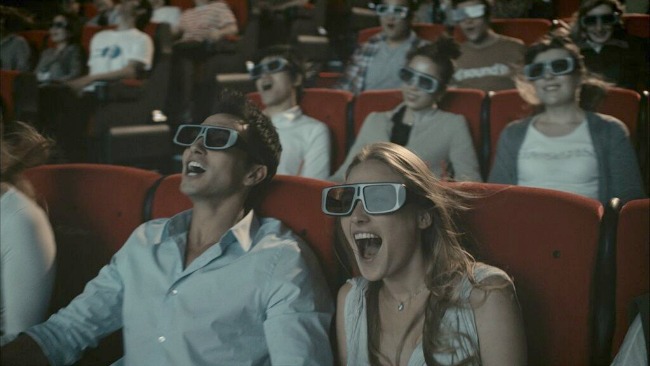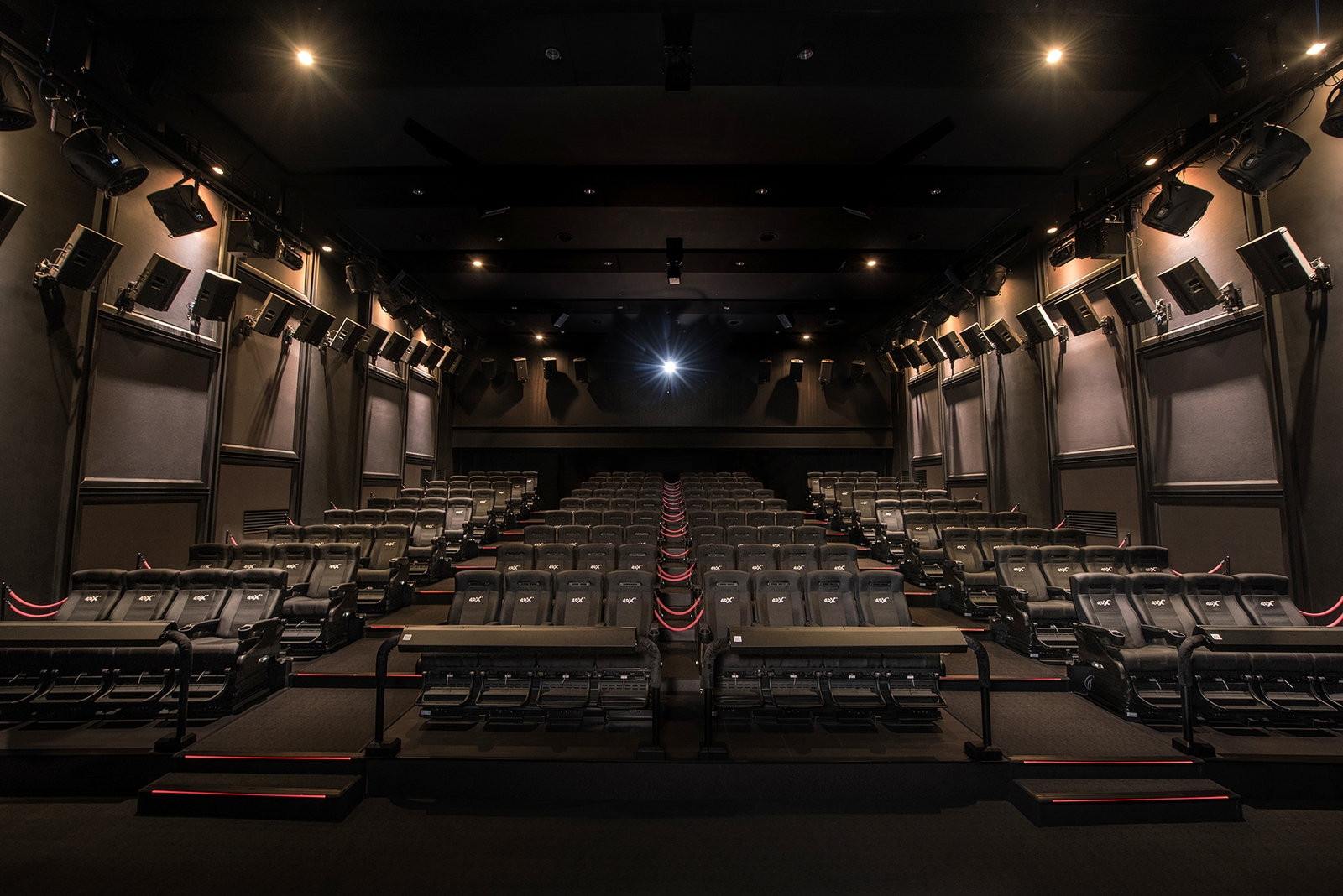
With summer in full swing, people are hitting their local theaters to beat the heat and catch the latest blockbusters. But what if you could enhance your trip to the movies to make it feel more like an experience? By incorporating seat movement, smells, and other effects, 4DX technology, owned and developed by South Korean company CJ 4DPLEX, is giving theatergoers a chance to feel like they’re a part of the film. And as attendance hits a 24-year-low, they’re right on time with theaters in need of a fresh way to get people to leave Netflix behind for a night or two a week and head to the theater. But is it a novelty or a looming revolution in how we watch movies?
CJ 4DPLEX launched their first 4DX location in Seoul, South Korea, in 2009. More locations followed in Korea, China, and other parts of Asia. In 2014, the expansion reached Los Angeles. As the operation expands, audiences are being shown something that aims to land somewhere between the traditional trip to the theater and a theme park ride. What does it feel like? If you’ve seen the movie, you should be able to easily recall the parachuting sequence in Deadpool 2. With 4DX, that scene is turned into a tactile experience by way of seat pressure, wind, and swaying motions in an effort to make you feel like you could be soaring through the air with Domino and Peter.
While Haein Jung, CJ 4DPLEX spokesperson Haein Jung tells Uproxx that they’re constantly developing “new, state-of-the-art motion seats” and striving to create new effects that can “enhance the overall experience,” 4DX should never overpower what’s being seen onscreen. That’s why, according to Jung, their team is, “trying to enhance the story and not distract from it.”
The notion that these enhancements could serve as a distraction is a significant hurdle that CJ 4DPLEX has to overcome if the tech is ever going to attain the same kind of ubiquity that 3D and upscaled dining options with wait-service have established in theaters. It’ll never be perfect or for everyone — 3D is still far from universally adored due to issues with the glasses, sensory overload, and muddy imagery and it can still be annoying when you have to deal with a waiter during a pivotal scene at a dine-in theater. But to a lot of people, those options offer a special incentive to go to the theater rather than stay home and watch Netflix.
4DX creative director Daniel Yi compares the process to the early stages of filmmaking when we speak with him, citing the Lumiére brothers’ Workers Leaving the Lumière Factory. Just as the earliest filmmakers were blazing the trail in a new medium, so are the people behind this technology. And trial and error is an essential part of the process.

Yi explains that the key is to fine-tune the program to match every movie and tailor each movement and effect to match what you see. “It was a lot of experimenting to get to where we are now, where we’ve learned to heighten certain motions, set up for the next shot, and give a multiple perspective experience, all with the main goal to enhance the film and the film-going experience,” says Yi.
4DX technology is going to continue to evolve and spread. CJ 4DPLEX just entered into a deal with Cineworld (which recently acquired Regal theatres) to open 79 new 4DX locations in the U.S. over the next few years. They want to keep investing in new tech and they want to keep building relationships that’ll aide in their expansion effort. With that increase will surely come an answer to the question of if this is a novelty or if it can match 3D and dine-in as thing that gets people excited to leave the house and go to the movie theater. But there are a lot of things at play that could influence that determination besides CJ 4DPLEX’s commitment to the experience and dedication to first do no harm when it comes to distractions while watching a movie.
Blockbusters seem as though they are going to keep getting bigger and more bombastic, leaning into the spectacle effect as a means of driving people to theaters. That’s good for CJ 4DPLEX, who believes that these kinds of “premium immersive cinema formats” can help keep the movie theater industry afloat. But after seeing a film in a 4DX equipped theater, it’s clear that these films and this service have a symbiotic relationship. See a movie that grabs a hold of you no matter where you’re sitting and notice how the 4DX experience is heightened and feels like an honest enhancement. See a film that fails to hook its audience and every twist and change in pressure will be obvious and, quite possibly, annoying.
Hollywood should be aware of 4DX, but they shouldn’t play to the audience and the experience like they have with 3D, launching visuals at audiences in a way that sometimes feels corny and which can take you out of the movie. So the takeaway is something that feels a bit old-timey: if you want to get the most out of this immersive tech, just make good movies and give audiences a chance to really see the charms of this new way of watching movies.






